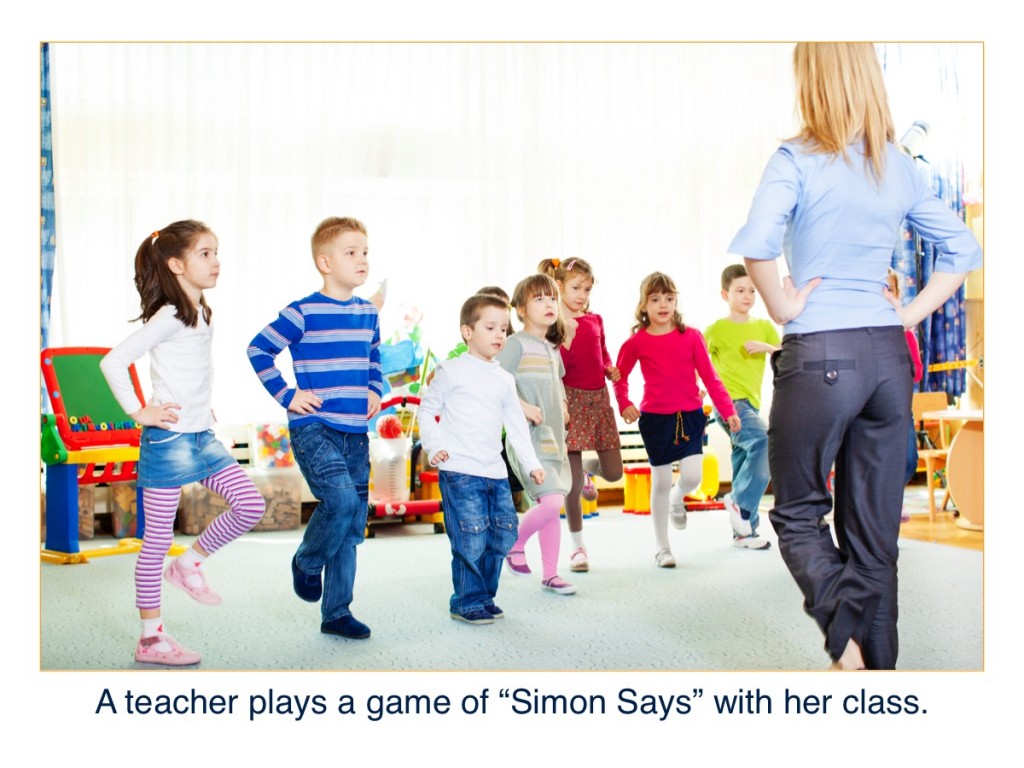
This research also shows that not all children responded the same way. Although most of the children followed the pattern described above, some children showed better regulation of their behavior (not pushing the button when the “angry adult” watched them) than others. Self-regulation is the ability to manage our behaviors and emotions and control impulses to match family or societal rules and expectations. Some children couldn’t help but push the button even though they knew Nina was watching.
Self-regulation is an important developing skill for both social-emotional and cognitive development. When children are just babies, adults help them to regulate their emotions and behaviors. For example, a caregiver provides a favorite blanket and soothing voice when a child gets hurt, food when a baby cries out of hunger or they keep the same bedtime routine. When a caregiver provides consistent responses, children learn what to expect. This in turn helps them develop strategies for regulating their emotions. Caring and consistent relationships help children’s self-regulation skills to develop.
The ability to regulate emotions and behaviors and control impulses is an important school readiness skill. For example, when a teacher tells her class they need to finish writing their letters before recess, children need to be able to follow instructions. They also need to control the impulse to begin playing before their work is done. Or if a peer takes a child’s toy, self-regulation skills will help the child calm down rather than respond impulsively and hit her peer. When children enter school without basic self-regulation skills, they are at risk for long-term issues such as poor performance in school and peer rejection.
But even in kindergarten, children’s self-regulation is a work in progress. You might have heard of or played the game “Red Light, Green Light.” A teacher stands on the opposite side of the room as the children. When she says “green light” the children can walk toward her. When she says “red light” the children must stop where they are. If a child doesn’t stop for red light, she needs to go back to the start. This is one example of a game that promotes self-regulation. Children practice paying attention, following directions, and controlling impulses.
-
- Dyadic interaction
- a back-and-forth exchange between caregiver and child
- Self-regulation
- the ability to control our behaviors, emotions, and impulses
- Social emotional development
- learning to express and manage emotions and form positive relationships
- Social referencing
- looking to an adult for emotional information in an uncertain situation
- Triadic interaction
- a back-and-forth exchange between caregiver, child, and object